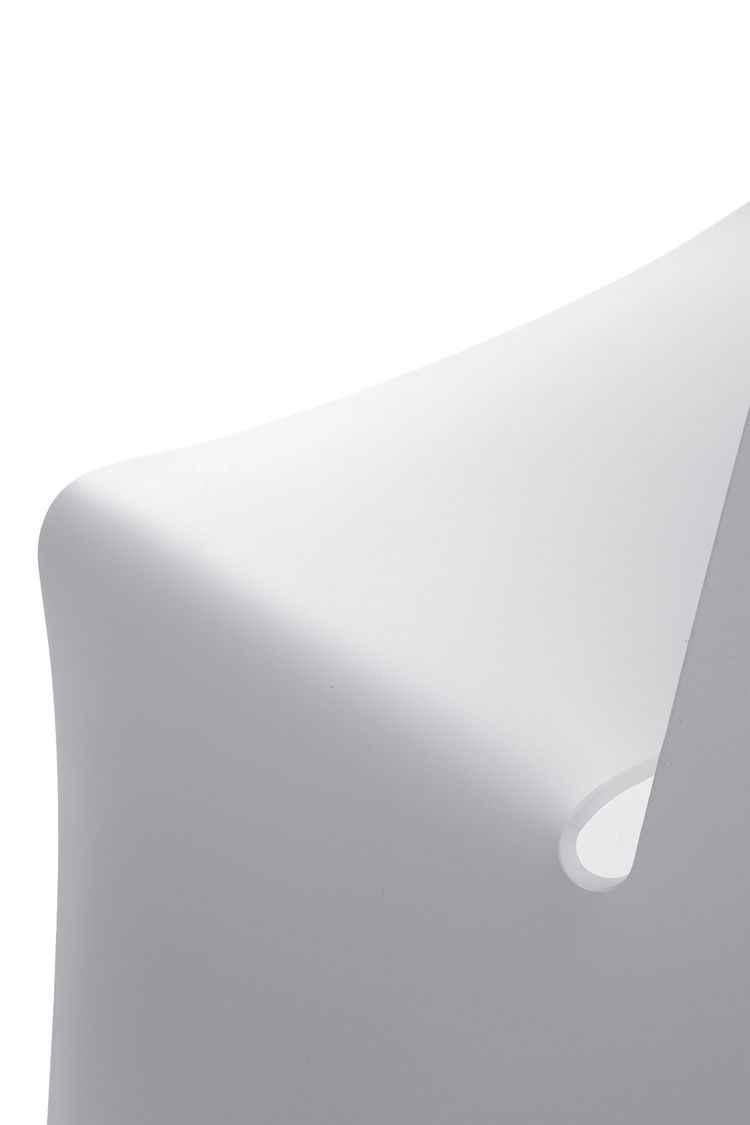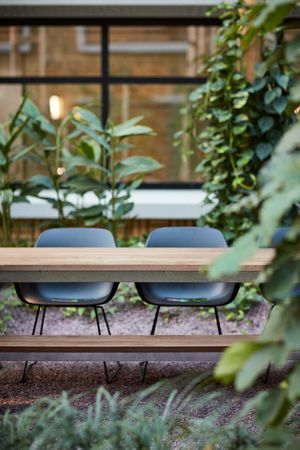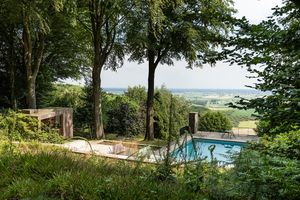Cities are often hubs for creatives and design lovers. However, urban areas don’t typically come with the luxury of space, particularly outdoors. While strolling through the streets of London, Dirk Wynants was astonished at the clutter he saw on balconies of beautifully renovated lofts. “You spend infinite resources to design stunning facades for residential buildings, and yet they're completely hidden behind terraces cluttered with stuff,’ said Wynants.
Designing for Small Urban Spaces
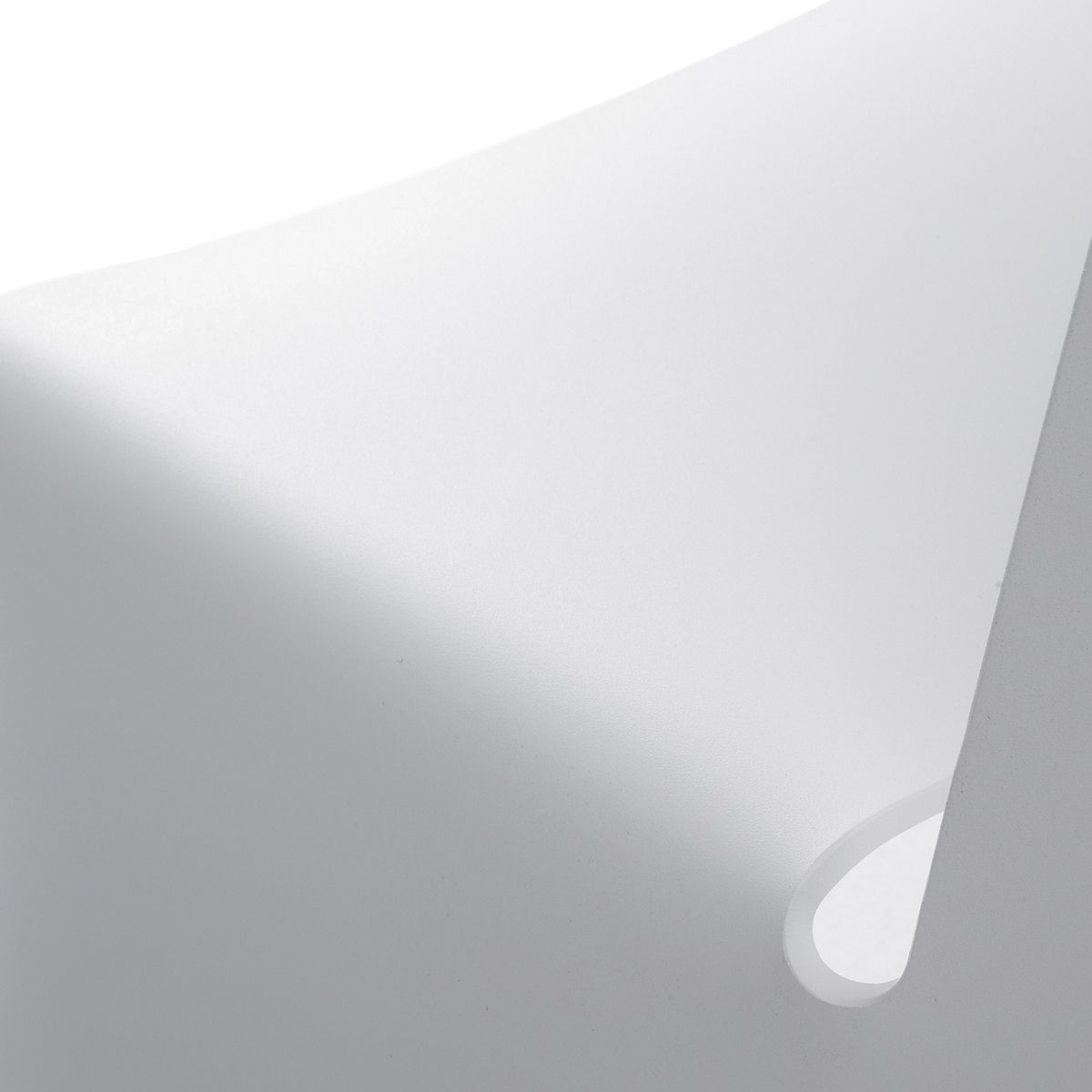
One flat aluminium sheet is transformed into a picnic table, thanks to a number of strategic incisions and folds.
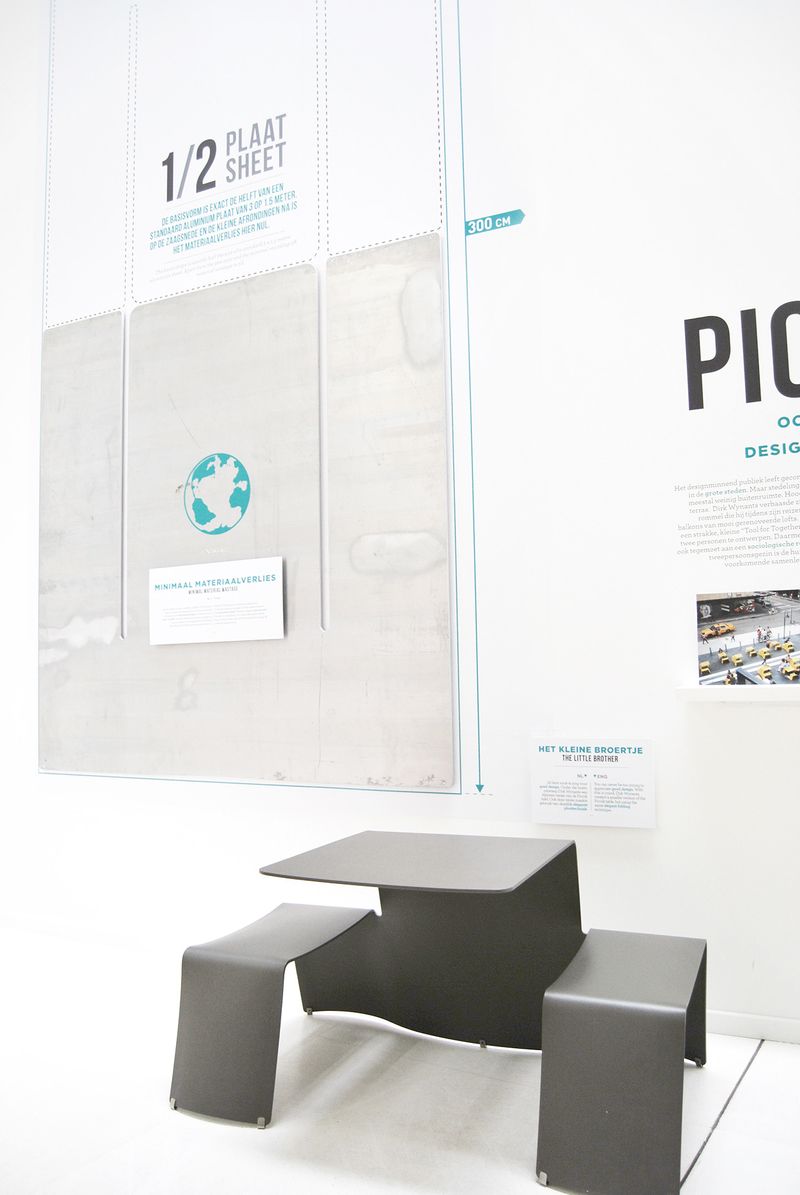
|
At a time when the most common living format was a family of two, he set out to solve this problem of outdoor living in small, urban spaces, designing something simple while complimenting the architecture of modern day buildings. |
He thought, if he could design something out of a single sheet of paper, there couldn’t be anything more simple than that. He started with a piece of paper with the same scaled dimensions as a standard sheet of aluminum. With simple cuts and bends, he could reach the functionality of seating for two people at a tabletop while achieve zero waste of material! But that wasn’t enough.
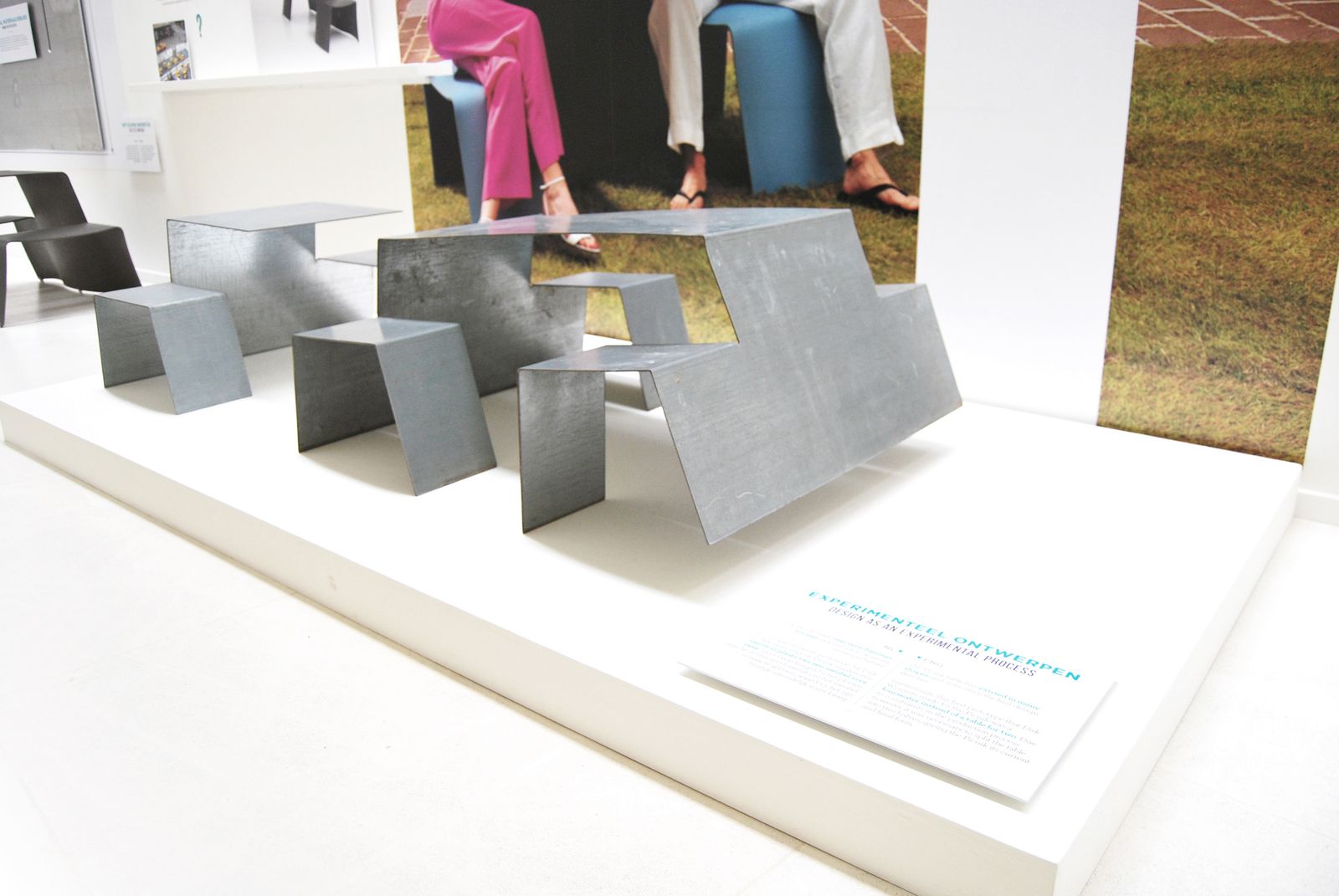
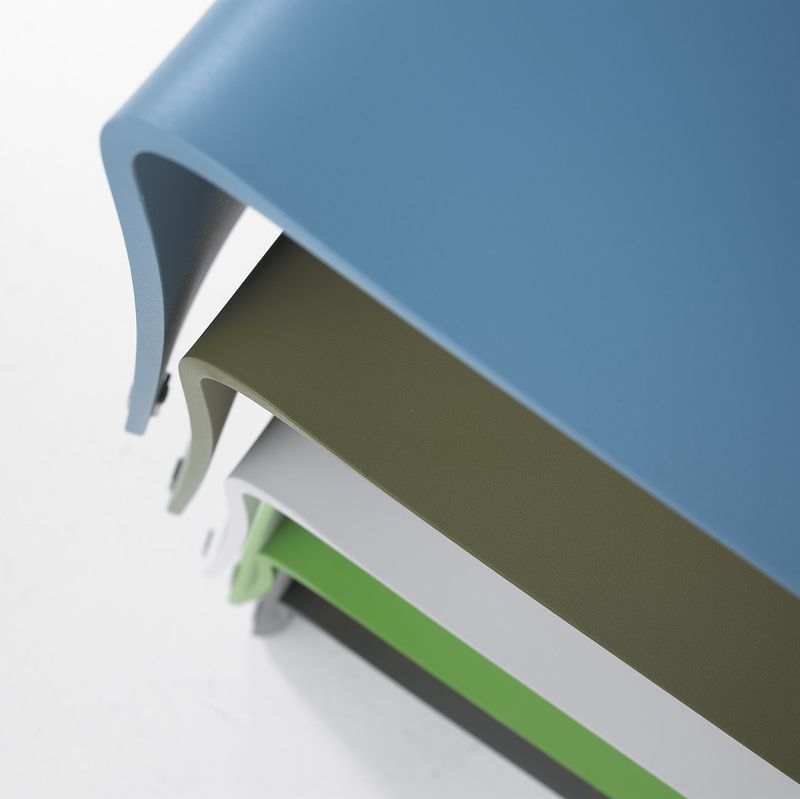
To achieve the strength and durability of a typical Extremis design, the structure had to be more stable. Therefore, he discovered that adding drastic curves to the table base gave it unwavering strength. Coincidentally, the Belgian designer Xavier Lust had just made use of this technique in his iconic 2000 piece ‘Le Banc’. A collaboration quickly ensued between the two designer colleagues to finalize the design.
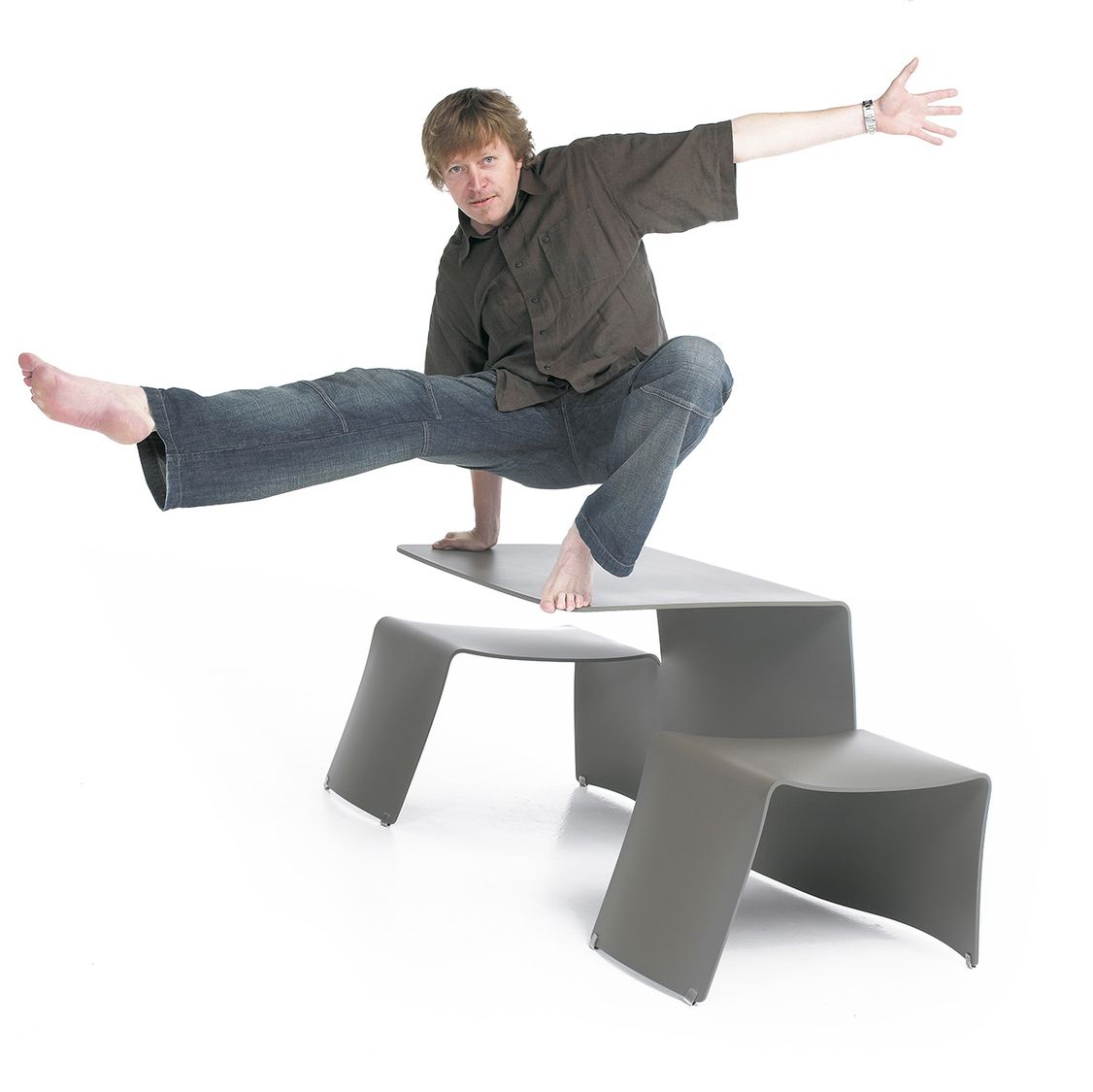
Picnik table, a functional design
Out of these very functional parameters, a beautiful shape was born. A shape that also accomplished his fourth objective of stackability, an important feature for sustainability during transport (taking up less volume in transit).
As you can see, the origin of Picnik did not start with aesthetics. The shape only emerged from the very functional parameters of the design. When you start by focusing on the functional criteria of a design, you have greater potential for eternal beauty and a piece that stands the test of time.
